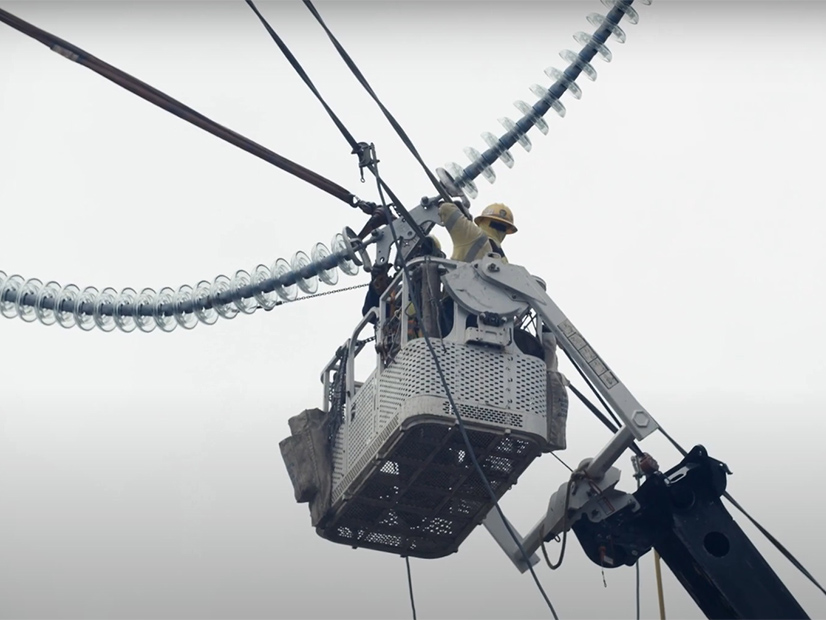Commissioner Mark Christie has used FERC’s latest order on transmission incentives to condemn the commission’s process as requests for incentives come in fast and thick from MISO’s long-range transmission projects.
This time, FERC granted Xcel Energy’s ask for construction work in progress (CWIP) incentives and abandoned plant incentives for four 345-kV long-range transmission plan (LRTP) projects in South Dakota, Minnesota and Wisconsin, which allow Xcel to recover incurred costs in rates if the lines are canceled for reasons beyond its control (ER24-409).
The incentives apply to Xcel’s portions of the Big Stone South-Alexandria-Cassie’s Crossing project, the Wilmarth-North Rochester-Tremval project, the Tremval-Eau Claire-Jump River project and the Tremval-Rocky Run-Columbia project.
Xcel said it plans to spend up to $1.2 billion on construction for its portions of the projects. The utility said its Wisconsin- and Minnesota-based Northern States Power subsidiaries “expect to face a negative cash flow position while undergoing extensive levels of capital expenditures over the next several years” to build the LRTP projects.
Xcel said the CWIP incentive will improve cash flow and credit ratings during construction. It also said the projects carry heightened risks of abandonment because multiple utilities over multiple states are working in concert to build the lines. Xcel added that an economic downturn could hurt the chances for the lines, which were planned to serve projected, not existing, generation.
FERC agreed that the CWIP and abandoned plant incentives are “tailored to address the risks and challenges” Xcel’s subsidiaries will face as they undertake the projects.
But in a concurrence, Christie repeated that FERC’s granting of incentives “has become nothing more than a check-the-box exercise.” Christie has become increasingly critical of transmission incentives in FERC orders allowing them for developers. (See FERC Approves Dairyland Incentives for Minn.-Wis. Transmission Line.)
Christie said though FERC followed its protocol to grant Xcel the incentives, it’s time for FERC to revisit its CWIP and abandoned plant incentives, as well as the RTO participation adder, which he called “an involuntary gift from consumers.”
Christie repeated concerns that the CWIP incentive allows utilities to recover costs before a line has been placed into service, effectively forcing customers to serve as a lender for transmission development while they earn zero in interest and even pay utilities a profit through return on equity. He also said the abandoned plant incentive makes ratepayers the “insurer of last resort” as well as the lender on projects.
“Just as consumers receive no interest for the money they effectively loan transmission developers through CWIP, they receive no premiums for the insurance they provide through the abandoned plant incentive if the project is never built,” he wrote. “There is something really wrong with this picture.”
Christie said he supports FERC’s recent proposals contained in notices of proposed rulemaking to limit the RTO participation adder to three years after a utility has joined an RTO and eliminate CWIP incentives. He said those steps, alongside a reconsideration of the abandoned plant incentive, will “ensure that all the costs and risks associated with transmission construction are not unfairly inflicted on consumers while transmission developers and owners stand to gain all the financial reward.”
“In short, revisiting all these incentives is imperative at a time of rapidly rising customer power bills,” Christie said.



